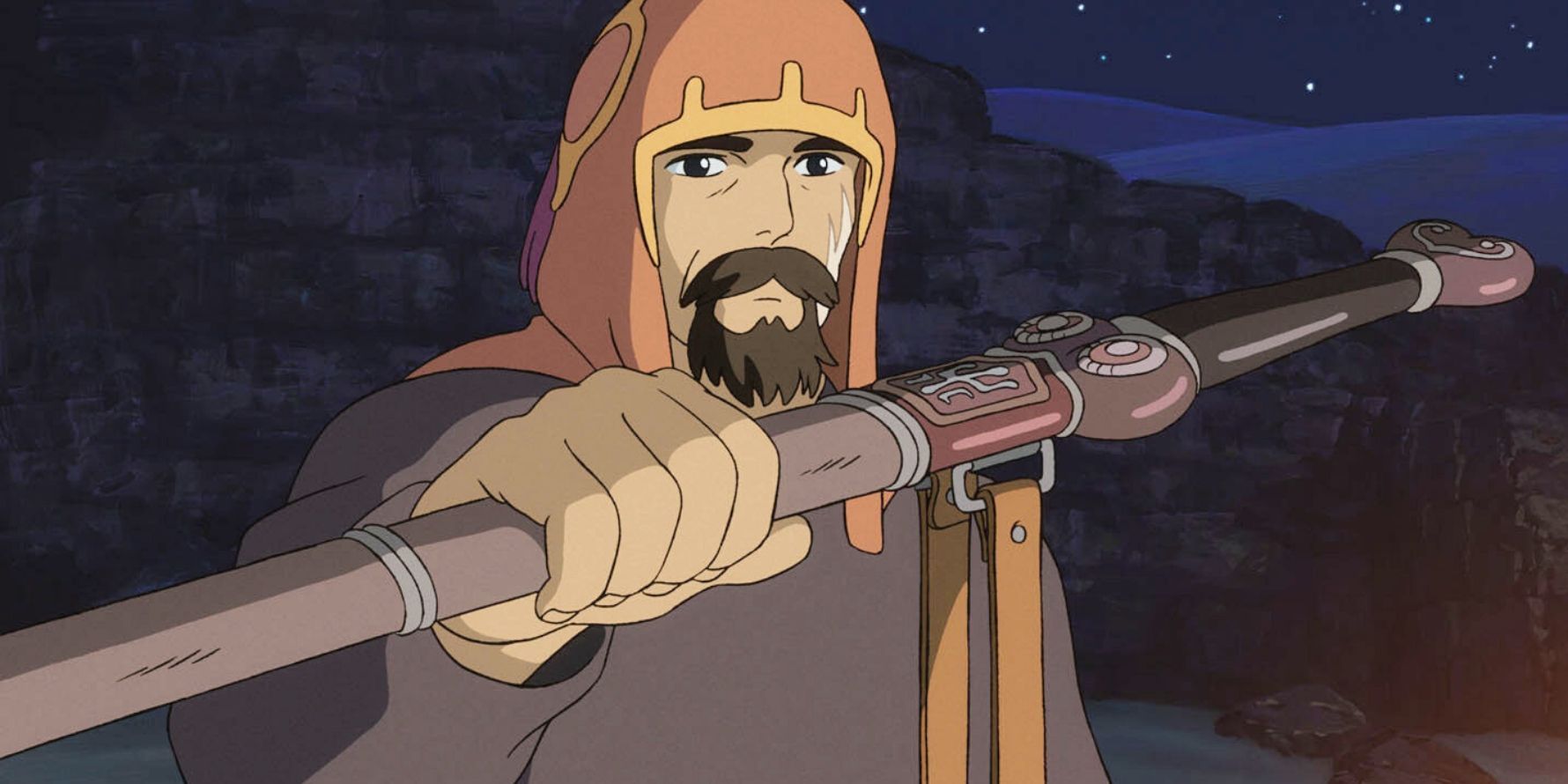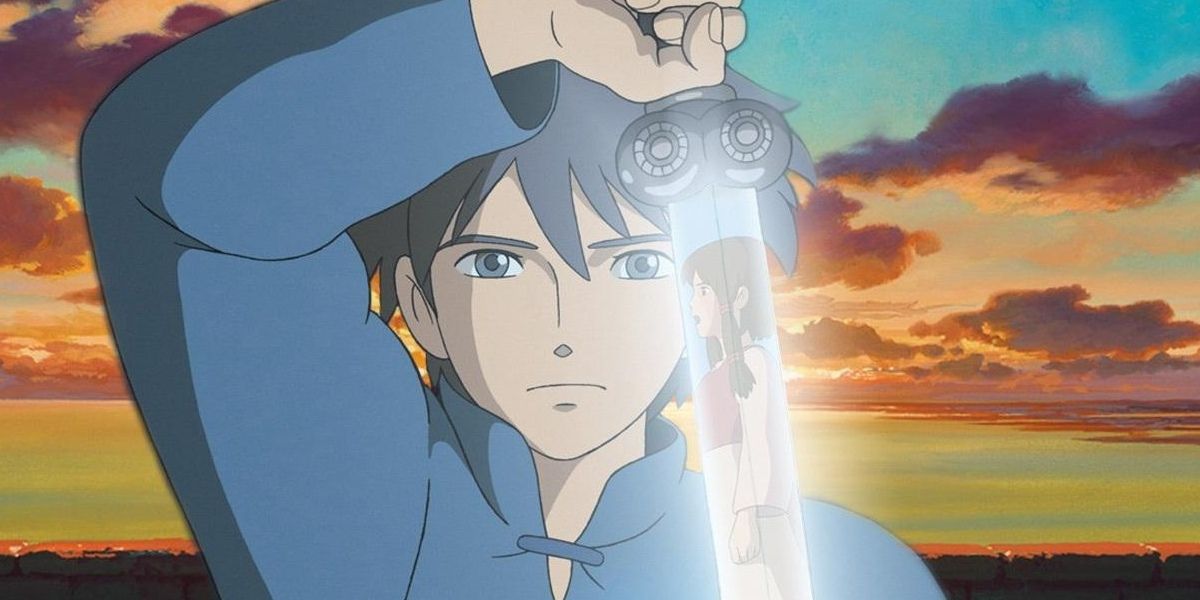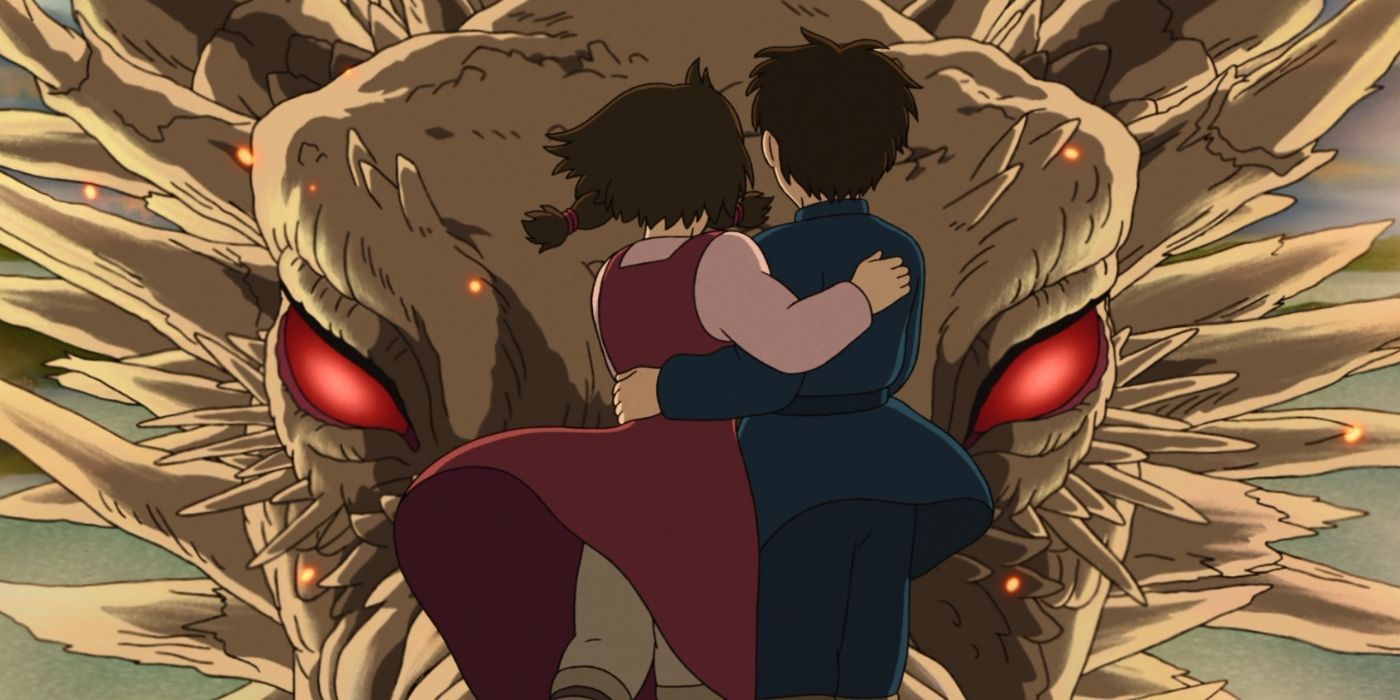Studio Ghibli's filmography has begun its migration to Netflix. As such, many people are discovering the studio's classics for the first time. Among the titles to land on the platform are Kiki's Delivery Service, My Neighbor Totoro, and Castle in the Sky -- among Hayao Miyazaki's greatest films. However, another film to land on the streaming platform is a one that is commonly referred to as the studio's weakest entry: 2006's Tales from Earthsea.
Goro Miyazaki's debut film is, in many ways, a disappointment. This adaptation of the classic Earthsea novels by Ursula K. Le Guin disappointed anime fans used to the incredible standard set by Studio Ghibli, as well as fans of the classic anime. On Rotten Tomatoes, it is ranked as the worst Studio Ghibli film. Still, even though the film is the weakest of Ghibli's films, that is not as damning a critique as, say, calling Chicken Little the worst Disney film.
The Adaptation Problem
Chicken Little is an adaptation of the European folk tale, but it's very clear early on that the film is its own original story with little legacy to live up to. The film admirably adapted the fable into a standard film for families, following the formula and tropes of the narrative. It is safe by design.
By contrast, Ursula K Le Guin's Earthsea Cycle changed fantasy, so adapting the books was always going to be difficult. The previous attempt was a 2004 SyFy miniseries (then, The Sci-Fi Channel) that combined the first two books into a three hour series. The adaptation received universal disdain, especially from Le Guin herself. When asked about the miniseries, she said, "When I looked over the script, I realized the producers had no understanding of what the books are about and no interest in finding out."
Goro Miyazaki took an even more radical and ambitious approach to the text. He attempted to adapt the first four books in the series into one film, taking elements from throughout the novels to create one epic narrative. The problem here is that he took on too many different narratives, all pulling in different directions. The first four books take place over the course of multiple decades, and they deal with vast and complex themes like ambition, religious fanaticism, fear of death, and persecution.
This approach went against Le Guin's suggestions, who argued perhaps it would be wiser to tell an entirely original story set within the decades spanning story. When talking about the themes of Tales from Earthsea, Le Guin explained her dissatisfaction with the adaptation:
I think the film's 'messages' seem a bit heavyhanded because...the statements about life and death, the balance, etc., don't follow from character and action as they do in the books...They have not been 'earned.' So they come out as preachy.
A Troubled Development
In a lot of ways, Chicken Little and Tales from Earthsea have a lot in common. Both had a lot of problems behind the scenes. Chicken Little's entire script was tossed out once David Stainton became the head of Walt Disney Feature Animation in 2003. The script, which director Mark Dindal (who had been working for Disney since 1981's The Fox and the Hound) started work on back in 2001, was rewritten based on what Stainton believed would make the film a more mainstream hit. It was made by a committee rather than by artists.
Tales from Earthsea was also made under less desirable circumstances. Compared to Chicken Little's almost half-decade in development, Tales from Earthsea was made in half that time by Goro Miyazaki, who had never directed a film before. Le Guin sold the adaptation rights to Hayao Miyazaki after he won his Best Animated Feature Oscar for Spirited Away. However, at the time, Hayao Miyazaki was hard at work adapting another piece of Western fantasy literature: Howl's Moving Castle. So the responsibility was passed onto his son, Goro despite his lack of experience. After being brought on first as a consultant to the project, Goro was quickly pressured by Studio Ghibli head Toshio Suzuki to direct.
Tensions immediately erupted between the two Miyazakis, with Hayao refusing to speak to Goro, believing his son to be too inexperienced to make the film. Tales from Earthsea was sped through production. According to Le Guin, she learned Goro was involved with the film in 2005, and the movie hit theaters the following year. The film's production was rushed with little preparation and under extreme emotional distress.
"It was Made Honestly"
Chicken Little might be a favorite movie for kids growing up with Disney in the mid-2000s, but it doesn't linger with an audience the same way Tales from Earthsea has lingered with its audience. At the time of its release, the film was divisive. The film won Japan's Bunshun Raspberry Award for Worst Director and Worst Movie. At the same time, it was nominated for the Japan Academy Prize for Animation of the Year, and was selected for the 63rd Venice Film Festival.
At every step of Chicken Little's production, decisions were made to ensure the movie appealed to the widest audience possible. Tales from Earthsea was a personal project. Of particular note is the film's depictions of dragons. The iconic moment at the end is so stunning that it was used for poster and, later, cover art for the film. The song "Teru no Uta" is a quiet, beautiful melody that is haunting and melancholic all at once.
Goro Miyazaki has improved as a filmmaker since making Tales from Earthsea. Most people argue his second film, From Up on Poppy Hill, is an improvement in every way. Still, even if Tales from Earthsea never lives up to the legacy of the original novels, it remains a noteworthy piece of animation. The worst Studio Ghibli film is still an undeniable monolith. While Hayao Miyazaki reportedly did not like Tales from Earthsea very much, he did tell his son after all was said and done "It was made honestly, so it was good."




